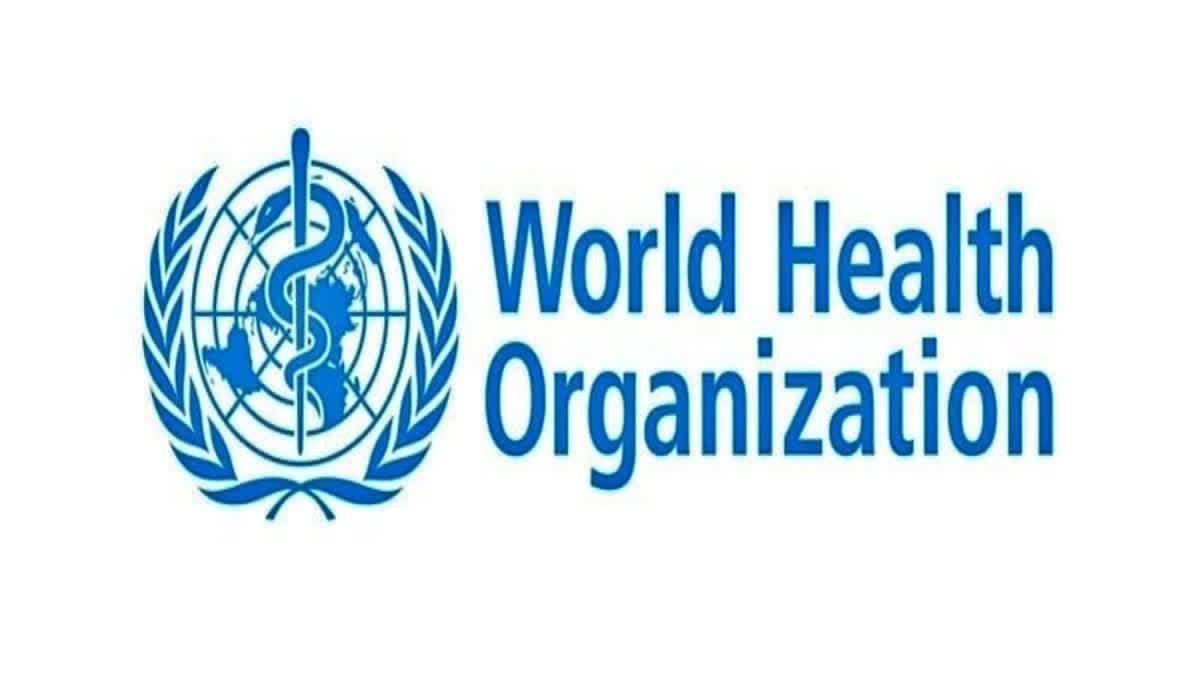Hyderabad: Among adolescent girls who have been in a relationship, nearly a quarter (24%) – close to 19 million - will have experienced physical and/or sexual intimate partner violence by the time they turn 20 years old, a new analysis from the World Health Organization (WHO) published in The Lancet Child & Adolescent Health has highlighted.
Almost 1 in 6 (16%) experienced such violence in the past year as per the analysis.
“Intimate partner violence is starting alarmingly early for millions of young women around the world,” said Dr Pascale Allotey, Director of WHO’s Sexual and Reproductive Health and Research department. “Given that violence during these critical formative years can cause profound and lasting harms, it needs to be taken more seriously as a public health issue – with a focus on prevention and targeted support,” Dr Allotey said.
According to the study, partner violence can have devastating impacts on young people’s health, educational achievement, future relationships, and lifelong prospects. From a health perspective, it heightens the likelihood of injuries, depression, anxiety disorders, unplanned pregnancies, sexually transmitted infections, and many other physical and psychological conditions, suggested the study.
High Rates Of Violence Against Adolescent Girls Reflect Deeply Entrenched Inequalities
The study draws on existing data to provide, for the first time, a detailed analysis of the prevalence of physical and/or sexual partner violence experienced by 15–19-year-old girls who have been in intimate relationships. It also identifies broader social, economic and cultural factors that increase their risks.
While violence against adolescent girls occurs everywhere, the authors highlight significant differences in prevalence. Based on WHO’s estimates, the worst affected regions are Oceania (47%) and central sub-Saharan Africa (40%), for instance, while the lowest rates are in central Europe (10%) and central Asia (11%). Between countries, there is also a substantive range: from an estimated 6% adolescent girls subjected to such violence in the least affected countries, to 49% in those with the highest rates.
The new analysis found that intimate partner violence against adolescent girls is most common in lower-income countries and regions, in places where there are fewer girls in secondary school, and where girls have weaker legal property ownership and inheritance rights compared to men. Child marriage (before the age of 18 years) significantly escalates risks, since spousal age differences create power imbalances, economic dependency, and social isolation – all of which increase the likelihood of enduring abuse.
Adolescent Girls Need Targeted Services And Support
The study highlights the urgent need to strengthen support services and early prevention measures tailored for adolescents, alongside actions to advance women’s and girls’ agency and rights – from school-based programmes that educate both boys and girls on healthy relationships and violence prevention, to legal protections, and economic empowerment. Since many adolescents lack their own financial resources, they can face particular challenges in leaving abusive relationships.
“The study shows that to end gender-based violence, countries need to have policies and programmes in place that increase equality for women and girls,” said study author Dr Lynnmarie Sardinha, Technical Officer for Violence against Women Data and Measurement at WHO. “This means ensuring secondary education for all girls, securing gender-equal property rights and ending harmful practices such as child marriage, which are often underpinned by the same inequitable gender norms that perpetuate violence against women and girls,” Dr Sardinha added.
Currently, no country is on track to eliminate violence against women and girls by the 2030 Sustainable Development Goal target date. Ending child marriage – which affects 1 in 5 girls globally– and expanding girls’ access to secondary education will be critical factors for reducing partner violence against adolescent girls.
WHO supports countries to measure and address violence against women, including efforts to strengthen prevention and response within the health care sector. New WHO guidelines on prevention of child marriage are planned for release by the end of 2024.



